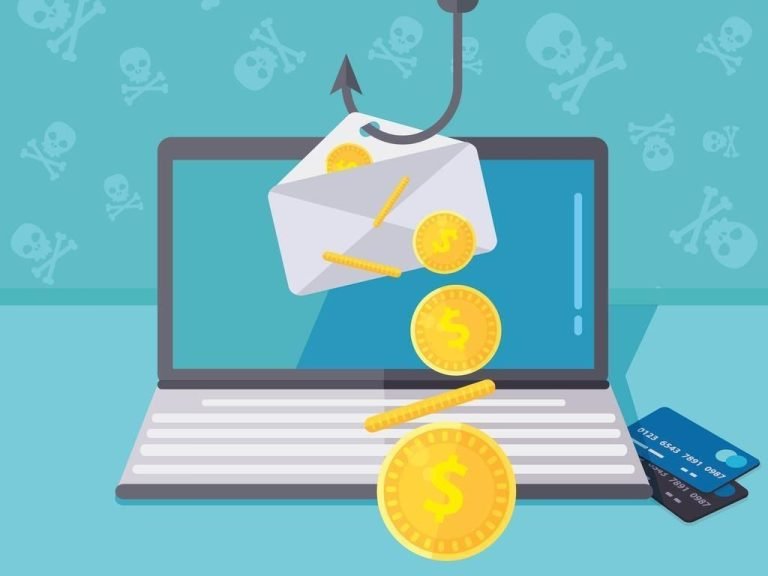Cyberextortion is a form of cybercrime where malicious hackers target websites, email servers, or computer systems and threaten to launch attacks or carry out disruptive actions unless a ransom is paid. The attacks can take various forms, such as denial-of-service attacks or threats to release sensitive data. Cyberextortionists demand money in exchange for stopping the attacks and providing “protection” against future attacks.
Cyberextortion has become increasingly prevalent, with cybercriminals targeting corporate websites and networks to cripple their operations and extort payments for restoring services. Many cases of cyberextortion go unreported, as victims often prefer to keep their name out of the public domain.
Types of cyberextortion
Cyber blackmail
Database ransom
Denial-of-service
Distributed denial-of-service (DDoS) attacks are commonly used by cyberextortionists to disrupt and disable target systems. However, other techniques such as doxing (exposing private information), extortion, and bug poaching (finding and exploiting vulnerabilities) are also employed. The Sony Hack of 2014 is an example of a high-profile cyberextortion incident.
It’s important to note that cyberextortion differs from ransomware attacks. While ransomware focuses on locking down critical business systems, cyberextortion involves the theft of data and the threat of its release or other malicious actions.
To prevent cyberextortion, organizations can take several measures:
- Employee Training and Education: Educate employees about cybersecurity best practices, including recognizing phishing attempts, avoiding suspicious links or attachments, and maintaining strong passwords.
- Set up Protocols and Have an Effective Firewall: Establish protocols for system security, such as firewalls, intrusion detection systems, and network monitoring tools, to identify and mitigate potential threats.
- Consider a VPN for Remote Workers: Implement a Virtual Private Network (VPN) for remote workers to ensure secure communication and data transfer.
- Update Systems: Regularly update operating systems, software, and applications with the latest security patches to address known vulnerabilities.
- Create Backups: Maintain regular backups of critical data and systems to minimize the impact of potential attacks and enable recovery without paying the ransom.
- Have an Incident Response Plan: Develop a comprehensive incident response plan that outlines the steps to be taken in the event of a cyberextortion attempt or breach, including communication protocols, contact information for law enforcement, and guidance for handling negotiations, if necessary.
- Invest in Cyber Insurance: Consider obtaining cyber insurance coverage to mitigate financial losses associated with cyberextortion incidents.
- Authenticate: Implement multifactor authentication (MFA) to add an extra layer of security for accessing sensitive systems and data.
By implementing these preventive measures, organizations can strengthen their defenses against cyberextortion and minimize the potential impact of such attacks.





